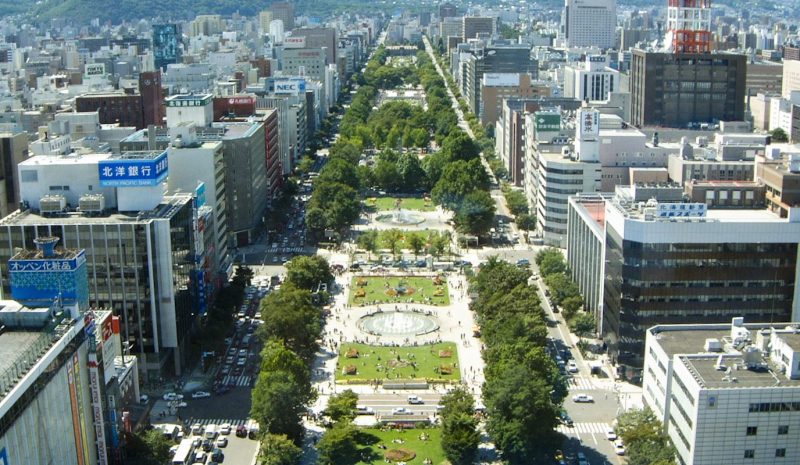Second only to Tokyo, Osaka is one of the largest cities in Japan. It is divided into several distinct districts. The Umeda District, located in the Kita ward, is home to a recently renovated and beautiful train station called JR Osaka Station.
While the Shinkansen stops at Osaka’s other station, the train station is an important hub and is also home to Osaka Station City, a shopping complex featuring an open floor plan and glass ceiling.





